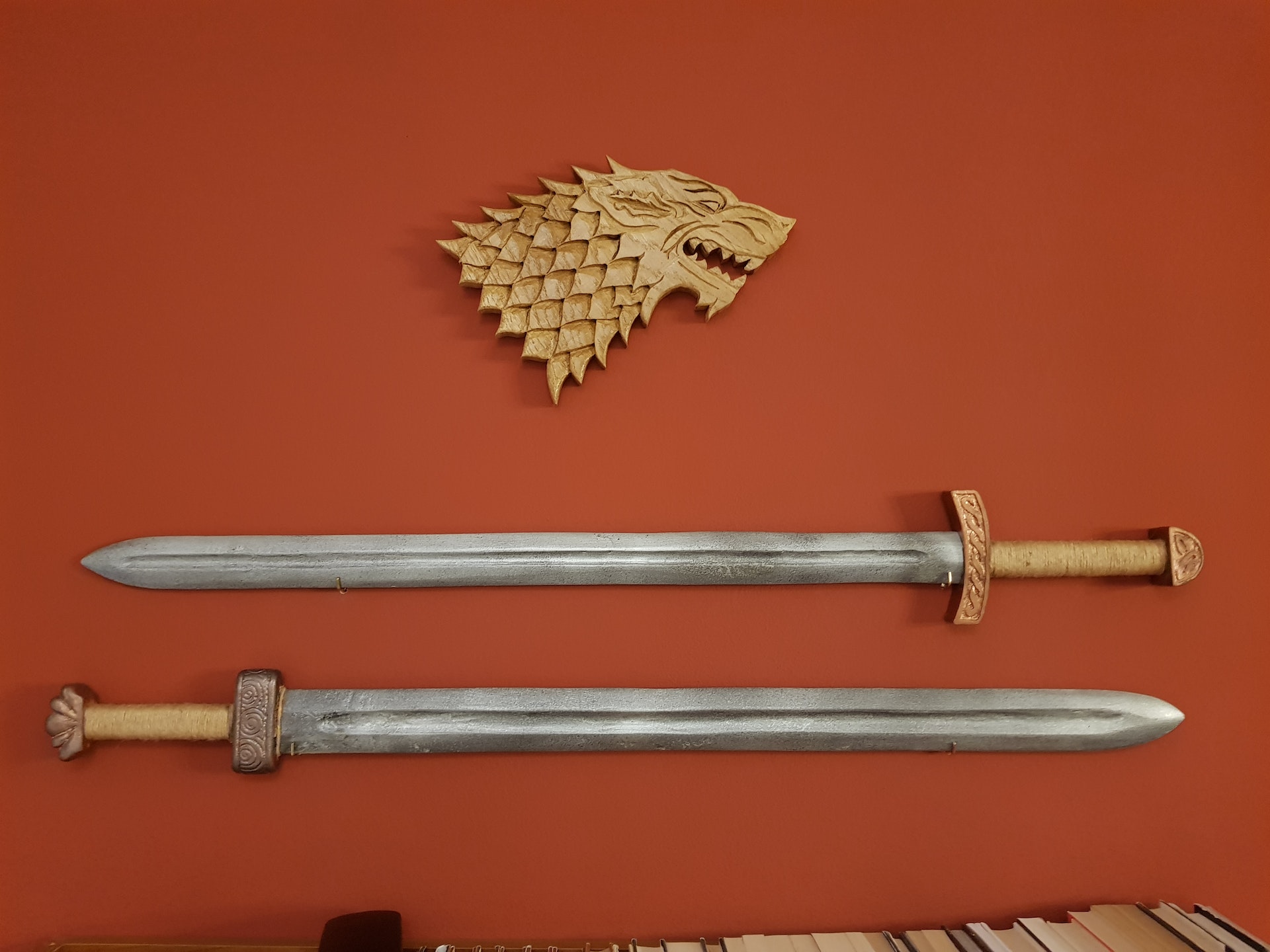The katana is a Japanese sword that the samurai used in ancient Japan. These swords were used by Samurai in the battle to both strike and defend themselves. One of the symbols of Japanese culture is katanas.
Samurai swords developed over time, and various Katana sword types appeared. The length of the blade and handle was the primary way these swords differed from one another.
It’s crucial to understand how long a katana is and which length best suits your needs before you go out and buy your first one. Additionally, you examine the many Katana components to help you select the model that best suits your requirements.
Japanese Katana swords range in length from 60 to 100 cm (2 to 3 Shaku), though this varies from sword to sword. Shaku is the Japanese measurement of length.
Long Blade: Nagasa
Nagasa refers to the distance a katana sword travels from the end of the blade to its tip. This characteristic, along with other Katana characteristics, sets most swords apart. The Katana is measured in Shaku, as was already mentioned; one Shaku is about equal to 30 cm.
Although a Shaku historically was a little bit bigger than the current unit, we will utilize the latter for simplicity.
Below, we have organized all of the swords into three categories to offer you a general understanding of Japanese Samurai before moving on to specific swords.
a single Shaku short sword (Tanto daggers)
1 or 2 medium Shaku swords (Wakizashi or Chisa Katana)
3 to 4 Shaku Long swords (Tachi, Nodachi, Katana)
Size of a katana
The primary characteristic of a katana is that its blades are longer than two Shaku, or roughly 60 cm (a Shaku is a Japanese unit of length). These swords are among the most prestigious, and because of their ubiquity, most Japanese swords are now referred to as katanas.
Wakizashi Size
The typical length of a wakizashi blade is between 30 and 60 centimeters (1-2 Shaku). Blades come in two different varieties and two different sizes. Wakizashi and Katana were carried together, and their duo was referred to as a daisho.
Size of a Tachi
The Tachi’s blade was longer than that of other Japanese swords. The blade was approximately two and a half shaku long, or 70 cm. Cavalry (horseback riders) utilized these on the battlefield due to their longer blade.
Tanto Size
A typical Tanto sword is 15 and 30 centimeters long (less than 1 Shaku). Due to their narrow blades, the tanto is regarded as Samurai daggers of short swords. Samurai used these swords to fight foes in small spaces.
Length of Nagasaki
Swords made in Nagamaki feature a handle around the same length as the 2 feet long blade. Because of this, these are referred to as long katana swords. The name Nagasaki derives from the word, which means “long wrap.”
Size of Nodachi
Giant Katana swords are known as nodachi or odachi. Because of how long they were, swords were carried on the back instead of at the waist. They surpass all other swords in terms of blade length, with a blade length of about 90 cm (3 Shaku).
Tsuka Katana Handle Length
Most katanas may be used with both hands, making it easier for the user. However, there are always exceptions. Some katana swords, like the Tanto, are single-handed, while others, like the Nagasaki, have handled the same length as the blade. However, the standard Otsuka is 1 Shaku or 30 cm.
Tanto and Wakizashi are one handed katanas.
Nodachi, Nagamaki, Katana, and Tachi: Two Handed Katana
All of the measurements given above are subject to some deviations. Other Katana swords with various blade and handle lengths are available.
However, this does not imply that those swords are any less effective. Here, we’ve thoroughly explained the typical Katana length, Nagasa, and Tsuka. To get a sense of what a genuine Katana looks like, browse our selection of premium Katana swords.
It may be challenging to find a blade that meets your needs; this guide may assist you in making the best decision. Please let us know in the comments section below if you found it helpful. Your comments would be much appreciated.

